What is design? Let’s see in detail what design means, its history, what distinguishes artisan design from industrial design and how to integrate it into your home with originality and awareness, using some iconic objects designed for the home.

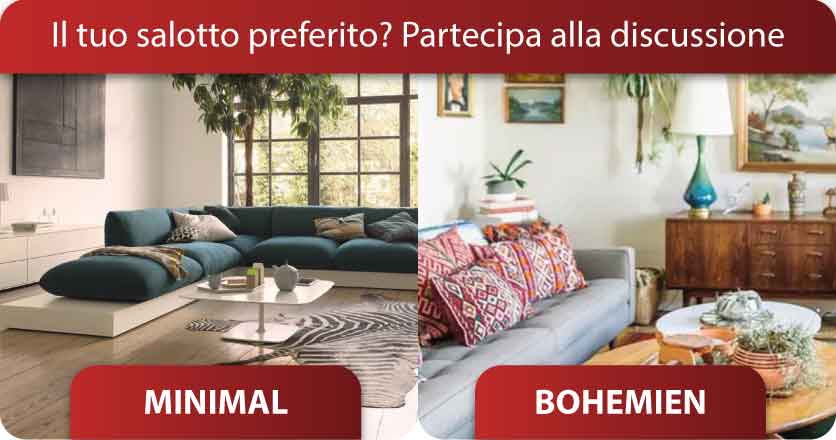
The word design has now become part of our daily life. We hear more and more about design, especially interior design, a subject that has now abandoned the closed rooms of the creative elite to spread 360 degrees at every level, involving transversally people, anyone who has a home. It is a topic that intrigues and fascinates even those who are not in the trade, in short, but love art and, indeed, design.
But let’s start from the beginning, from the meaning of the term. The most concise explanation of the word design is that of way of designing objects of common use, taking into account their functionality, aesthetics and mass and mechanical production.
Read also: Industrial style floor
The objects represented in the artistic works, in the paintings, have an iconographic and a realistic meaning, in this article, however, we will not analyze the works, but we aim to discover, step by step, the history of design, in other words, investigate its birth, deepen the evolution of aesthetics of any object and consider it as a product and good in itself, with its history and its evolution, in fact.
To understand us better, we will start our journey with a brief history of design, we will continue with the distinction between handcrafted design, the first form of design, and industrial design, that is the mass production of an iconic object. Finally, some examples of design applied to the domestic environment, with a small excursus of some objects that have become true symbols of interior design.
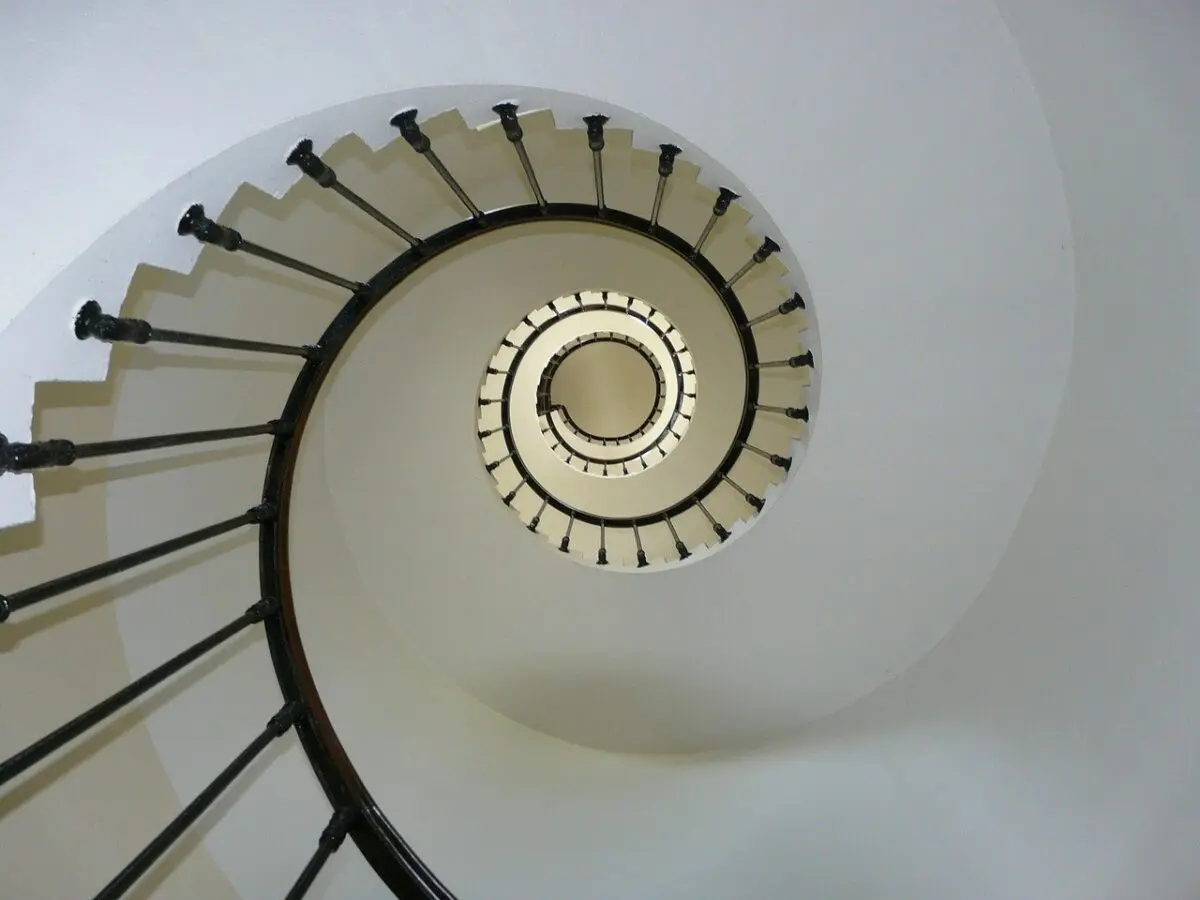
The evolution of an object: a brief history of design
Since prehistoric times, man has built, or found in nature, objects that could be useful in daily life, that would facilitate his life and its activities, making them easier. These objects, of course, were very crude at first: pieces of wood and stones were used to make spears or very simple weapons. Simple objects allowed for simple tasks, but thanks to an acquired dexterity and confidence with these activities, man was able to move on to more complex activities, with a consequent request for more suitable objects to the new circumstances.
You may be interested in: Industrial style bathroom
Here it is, then, for example to invent the wheel or the plow. Go from caves, to huts and then to brick houses. Evolution, even in design, always responds to primary needs, therefore it is strongly linked to functionality. Aesthetics, which characterizes the most modern design, is an essential element but which is added to the object when it has managed to perform all its functions.
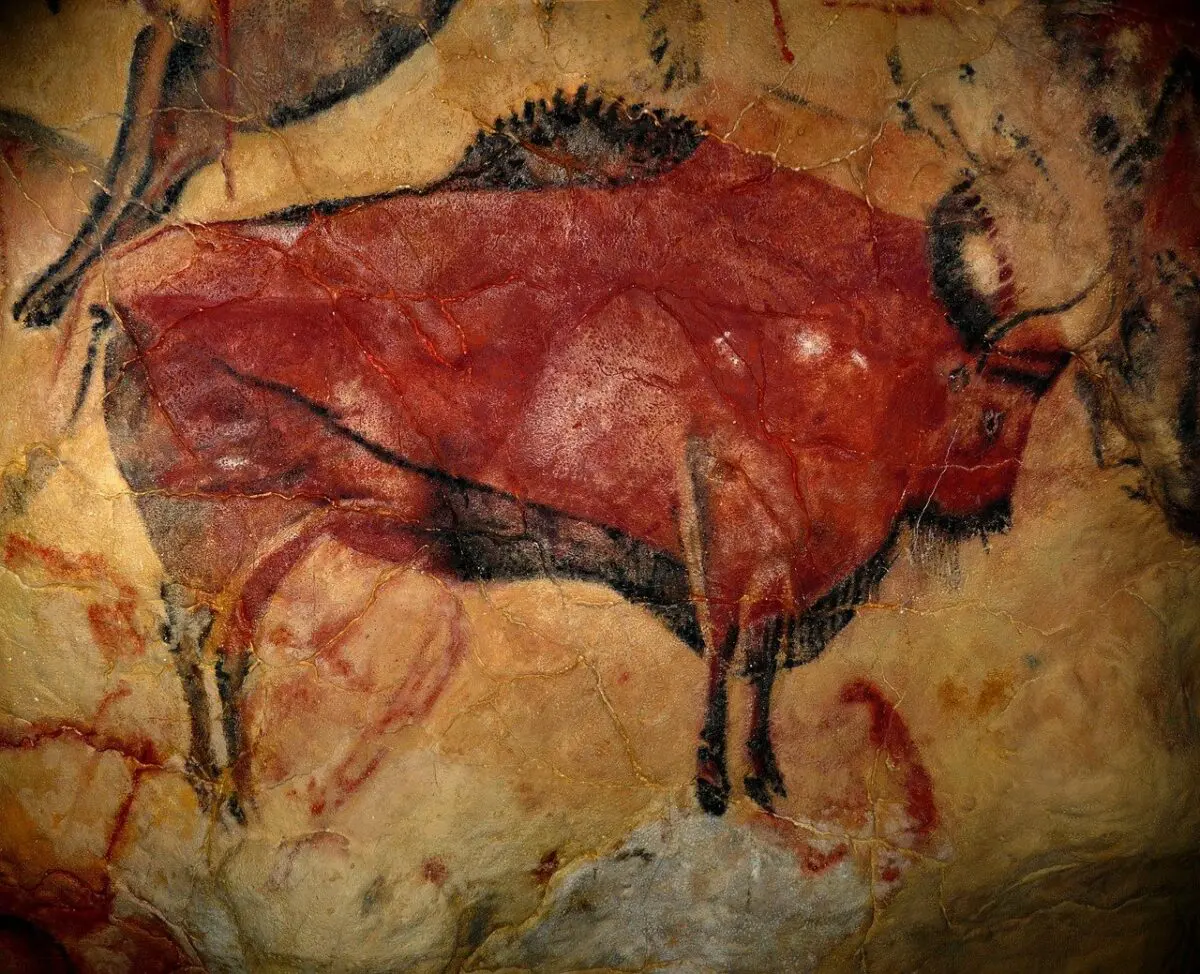
The first design experiences: craftsmanship
Over time, we said, man has evolved and began to build his own objects with materials he had to work with and model by yourself, like ceramics with which he produced the vases. So artisanal production was born, which expanded and divided into two branches: there were those who produced objects only for their own use and there was who was a craftsman by profession, that is, he produced handicrafts and then traded or sold them.
The artisans by profession were shop owners with the proper equipment; some cities have made their craft traditions into sources of income, for example Murano is famous for its glass. All the objects produced up to the eighteenth century were handcrafted.
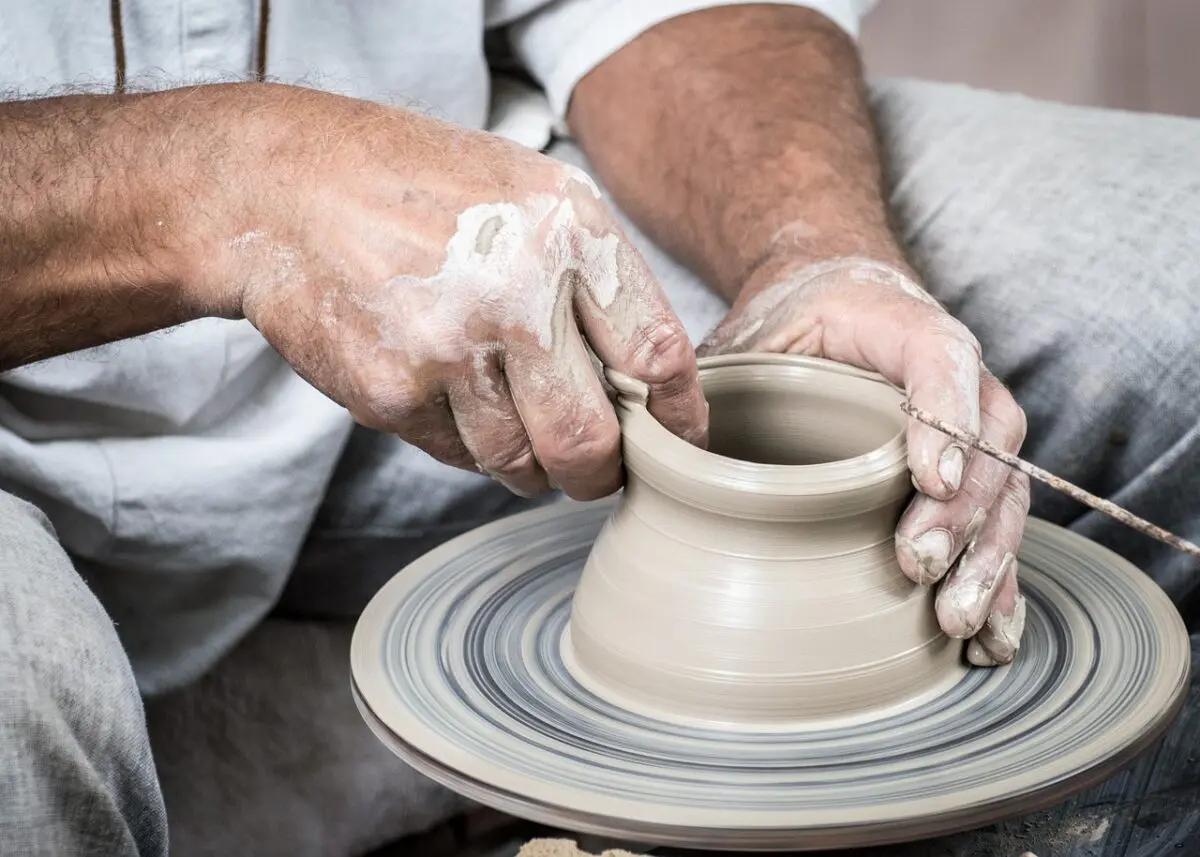
Design as industrial design
With the Industrial Revolution, the industrial product was born, which however, at the beginning, did not completely replace the artisan one. The great advantage of industrial production is that it was cheaper and solved problems and requests more quickly ever increasing number of customers. Thus the industrial product took over over the artisanal one, without eliminating it.
At the beginning, mass production gave rather crude results: the technology of the time, in fact, was far from precise and the product that came out was not well finished. The goal was to produce more to answer the demand, In this sentence, the aesthetic aspect was completely set aside, sacrificed to the need for fast production and revenue.

Design as we understand it today
But what is design today? We have seen how man has gone from slow production, artisanal, of objects of common use, rough at first, then gradually more refined, to an industrial one that, more or less, undergoes the same evolution: supported by very simple technologies, the first objects are only functional and not very attractive as regards the look. But as industrial production techniques are refined, too the design of objects evolves.
Today, therefore, design is a combination of functionality and aesthetics, based on a rigorous design that includes the choice of materials, shapes, lines, concepts and, of course, purposes. To get an idea of how design is an expression of all these ideas, here is for you a series of everyday objects that have become iconic in the hands of designers.
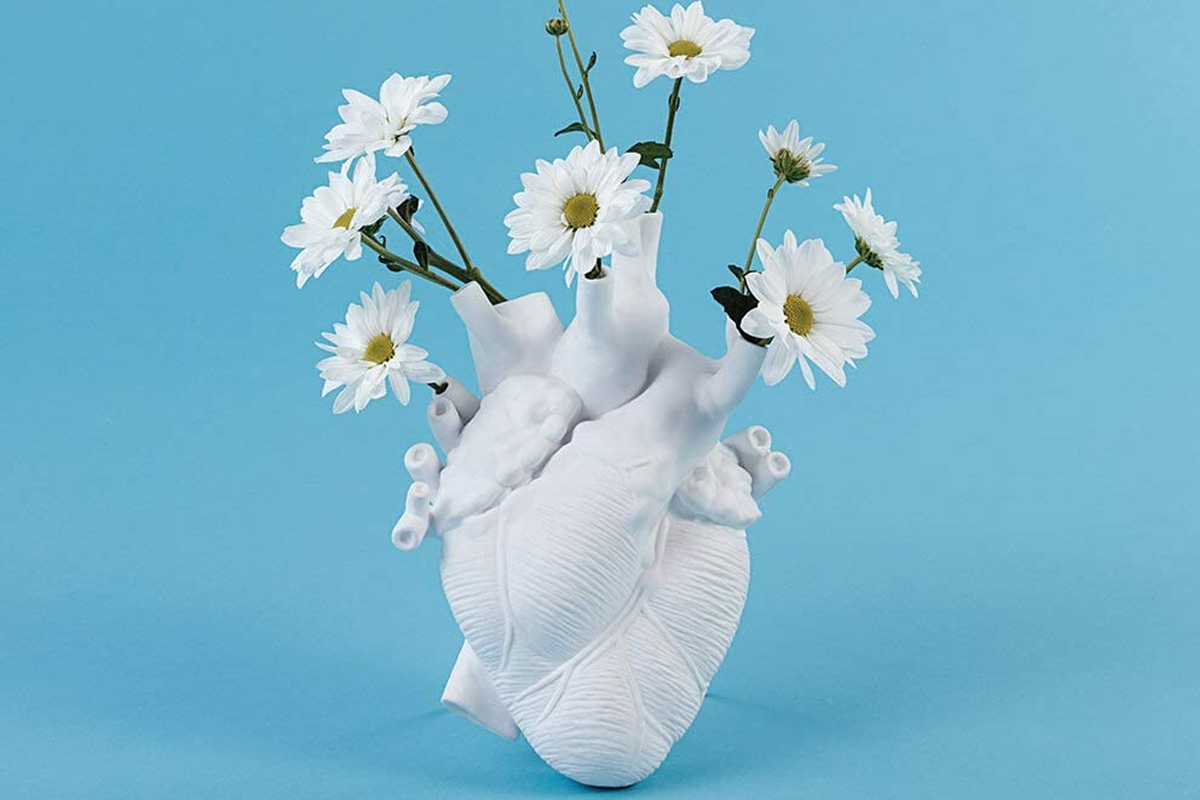
1925: the Wassily chair by Marcel Breuer
There Wassily chair, also known as the Model B3 chair, was designed by Marcel Breuer.
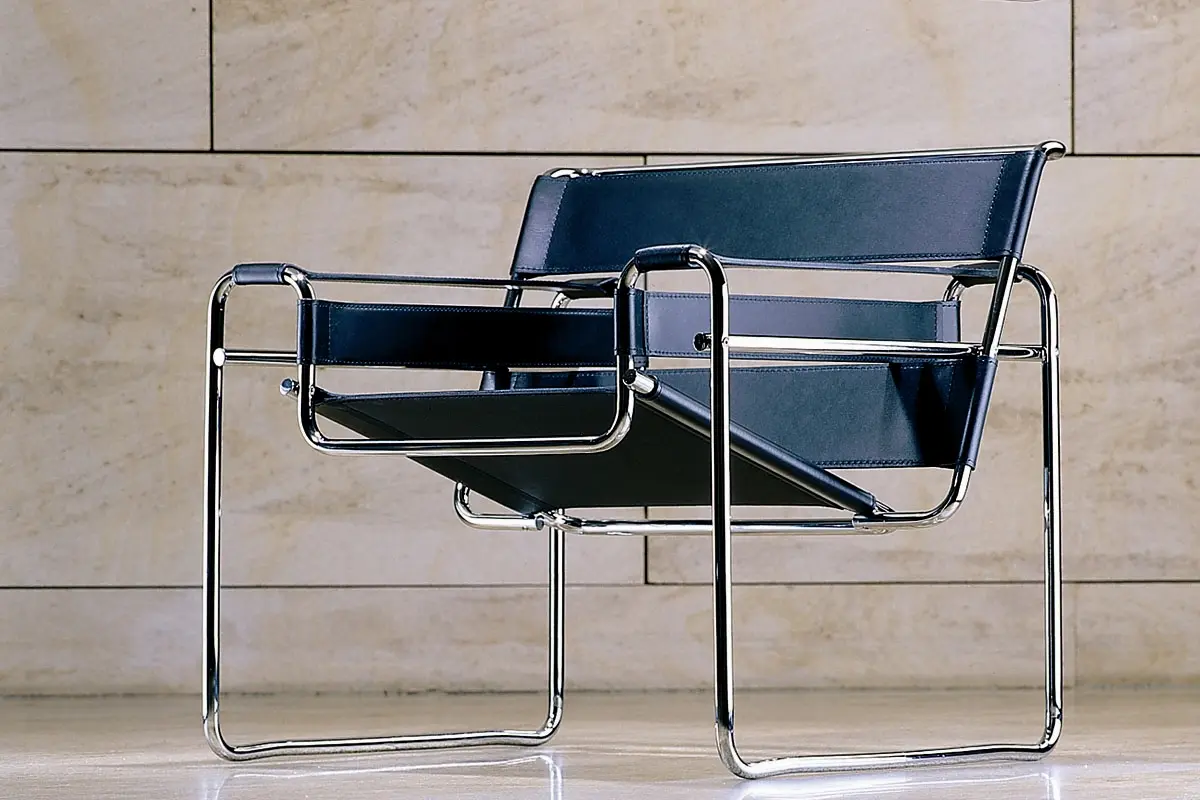
1933: the Moka by Alfonso Bialetti
The moka was invented by Alfonso Bialetti in 1933. All-Italian design for a product that symbolizes the Italian spirit that has evolved a lot over time.
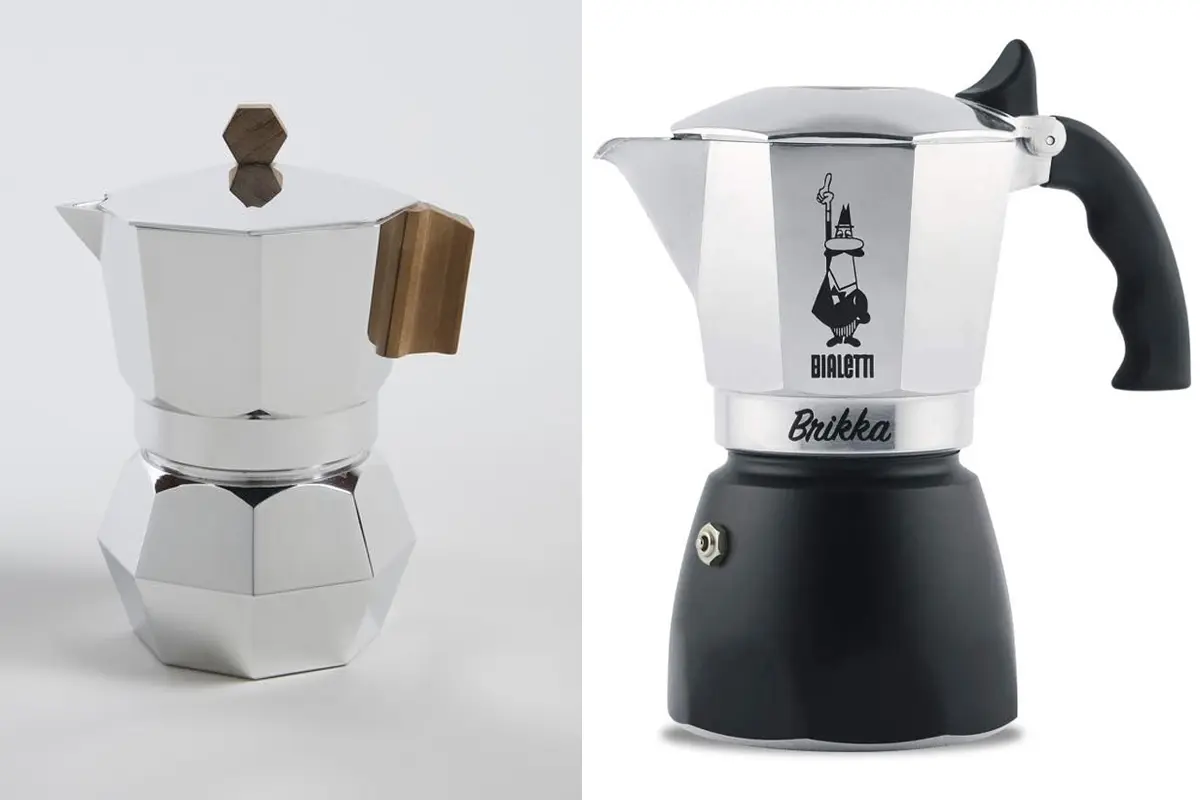
1962: Arco Flos lamp
One of the most iconic lamps in the history of design, designed by Achille and Pier Giacomo Castiglioni, to create a suspended light point.
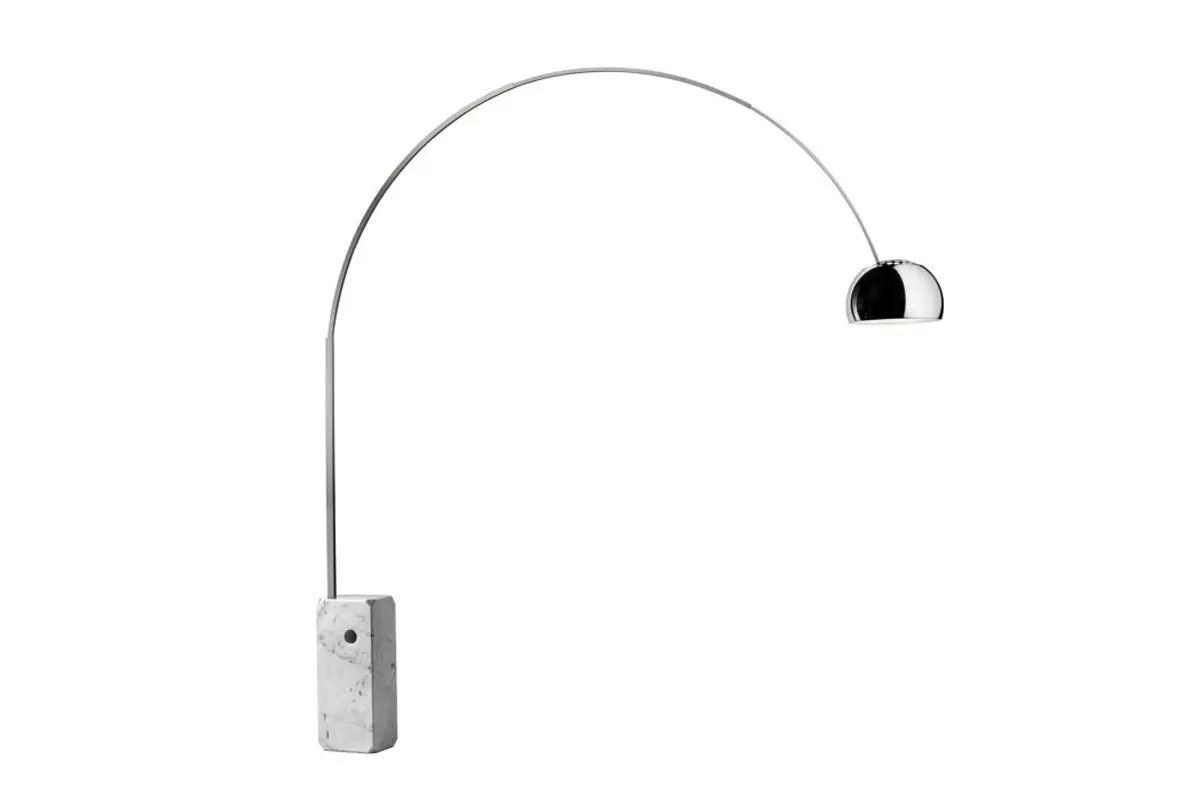
1990: the Juicy Salif juicer by Alessi
The designer of this iconic juicer is Philippe Starck, this common object is now a symbol of the brand and the designer.
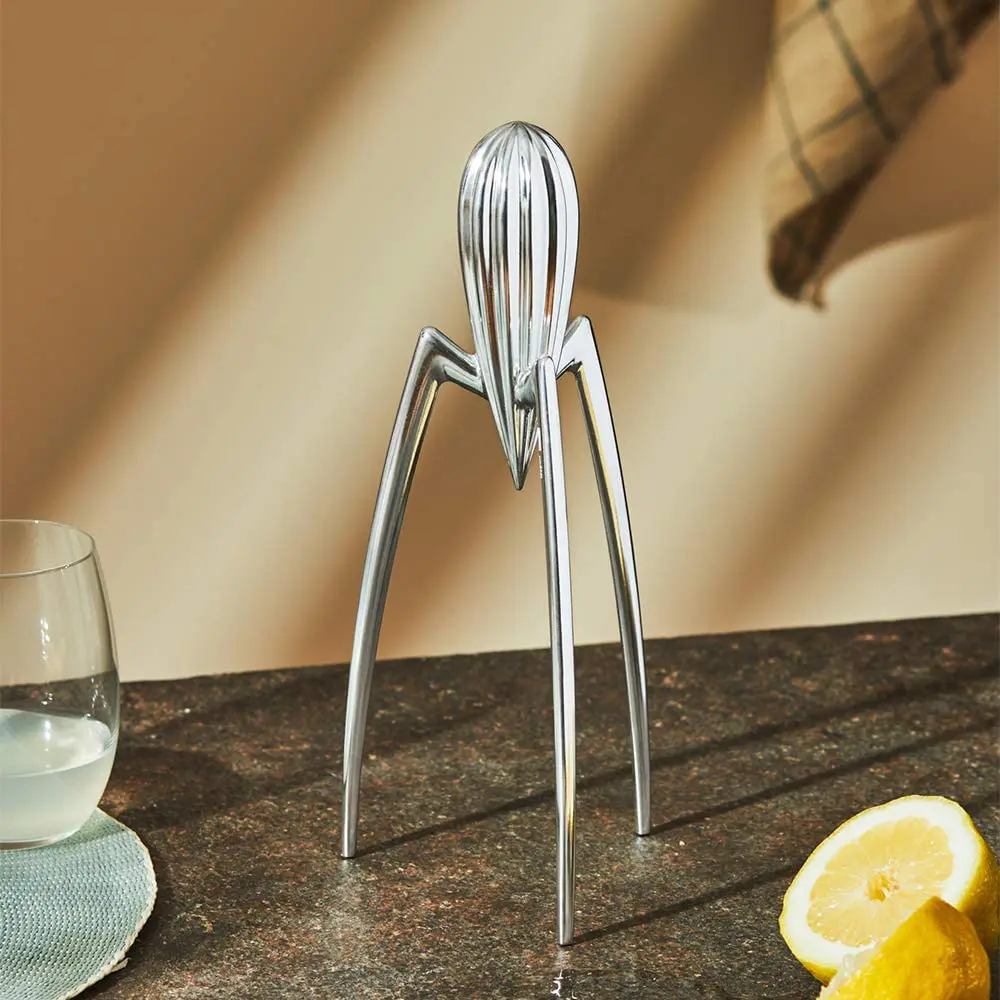
History of design: images and photos
What is design and how has it influenced our homes? Find out in our gallery.
What is design? Let’s see in detail what design means, its history, what distinguishes artisan design from industrial design and how to integrate it into your home with originality and awareness, using some iconic objects designed for the home.


The word design has now become part of our daily life. We hear more and more about design, especially interior design, a subject that has now abandoned the closed rooms of the creative elite to spread 360 degrees at every level, involving transversally people, anyone who has a home. It is a topic that intrigues and fascinates even those who are not in the trade, in short, but love art and, indeed, design.
But let’s start from the beginning, from the meaning of the term. The most concise explanation of the word design is that of way of designing objects of common use, taking into account their functionality, aesthetics and mass and mechanical production.
Read also: Industrial style floor
The objects represented in the artistic works, in the paintings, have an iconographic and a realistic meaning, in this article, however, we will not analyze the works, but we aim to discover, step by step, the history of design, in other words, investigate its birth, deepen the evolution of aesthetics of any object and consider it as a product and good in itself, with its history and its evolution, in fact.
To understand us better, we will start our journey with a brief history of design, we will continue with the distinction between handcrafted design, the first form of design, and industrial design, that is the mass production of an iconic object. Finally, some examples of design applied to the domestic environment, with a small excursus of some objects that have become true symbols of interior design.

The evolution of an object: a brief history of design
Since prehistoric times, man has built, or found in nature, objects that could be useful in daily life, that would facilitate his life and its activities, making them easier. These objects, of course, were very crude at first: pieces of wood and stones were used to make spears or very simple weapons. Simple objects allowed for simple tasks, but thanks to an acquired dexterity and confidence with these activities, man was able to move on to more complex activities, with a consequent request for more suitable objects to the new circumstances.
You may be interested in: Industrial style bathroom
Here it is, then, for example to invent the wheel or the plow. Go from caves, to huts and then to brick houses. Evolution, even in design, always responds to primary needs, therefore it is strongly linked to functionality. Aesthetics, which characterizes the most modern design, is an essential element but which is added to the object when it has managed to perform all its functions.

The first design experiences: craftsmanship
Over time, we said, man has evolved and began to build his own objects with materials he had to work with and model by yourself, like ceramics with which he produced the vases. So artisanal production was born, which expanded and divided into two branches: there were those who produced objects only for their own use and there was who was a craftsman by profession, that is, he produced handicrafts and then traded or sold them.
The artisans by profession were shop owners with the proper equipment; some cities have made their craft traditions into sources of income, for example Murano is famous for its glass. All the objects produced up to the eighteenth century were handcrafted.

Design as industrial design
With the Industrial Revolution, the industrial product was born, which however, at the beginning, did not completely replace the artisan one. The great advantage of industrial production is that it was cheaper and solved problems and requests more quickly ever increasing number of customers. Thus the industrial product took over over the artisanal one, without eliminating it.
At the beginning, mass production gave rather crude results: the technology of the time, in fact, was far from precise and the product that came out was not well finished. The goal was to produce more to answer the demand, In this sentence, the aesthetic aspect was completely set aside, sacrificed to the need for fast production and revenue.

Design as we understand it today
But what is design today? We have seen how man has gone from slow production, artisanal, of objects of common use, rough at first, then gradually more refined, to an industrial one that, more or less, undergoes the same evolution: supported by very simple technologies, the first objects are only functional and not very attractive as regards the look. But as industrial production techniques are refined, too the design of objects evolves.
Today, therefore, design is a combination of functionality and aesthetics, based on a rigorous design that includes the choice of materials, shapes, lines, concepts and, of course, purposes. To get an idea of how design is an expression of all these ideas, here is for you a series of everyday objects that have become iconic in the hands of designers.

1925: the Wassily chair by Marcel Breuer
There Wassily chair, also known as the Model B3 chair, was designed by Marcel Breuer.

1933: the Moka by Alfonso Bialetti
The moka was invented by Alfonso Bialetti in 1933. All-Italian design for a product that symbolizes the Italian spirit that has evolved a lot over time.

1962: Arco Flos lamp
One of the most iconic lamps in the history of design, designed by Achille and Pier Giacomo Castiglioni, to create a suspended light point.

1990: the Juicy Salif juicer by Alessi
The designer of this iconic juicer is Philippe Starck, this common object is now a symbol of the brand and the designer.

History of design: images and photos
What is design and how has it influenced our homes? Find out in our gallery.
